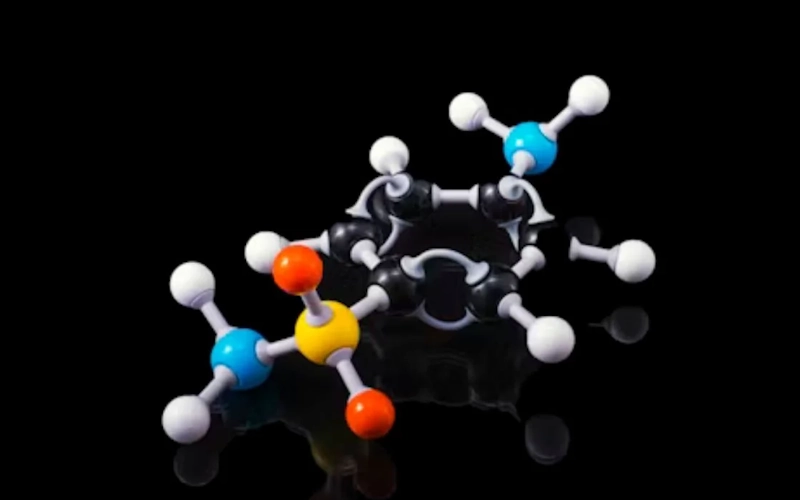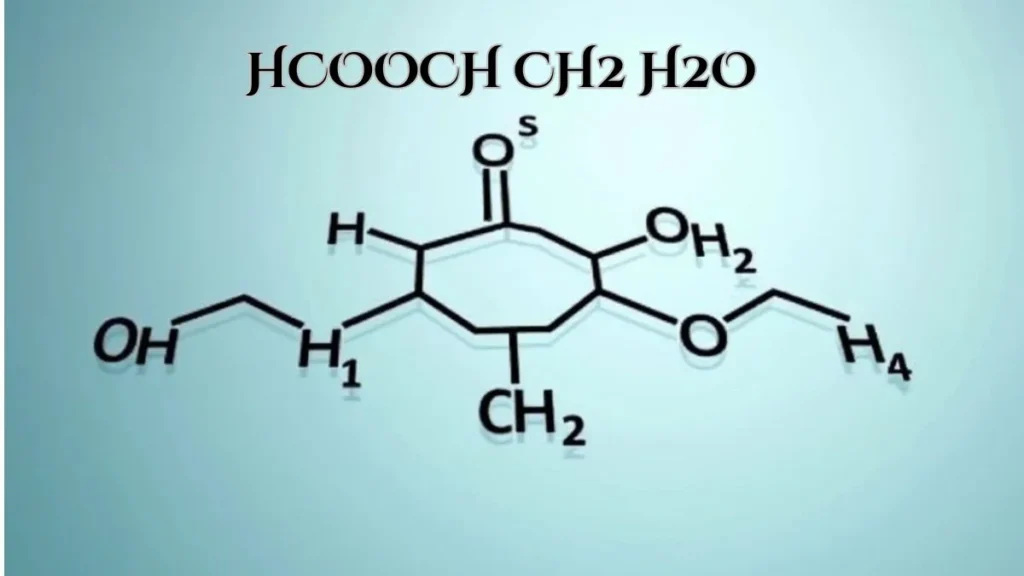
16 Apr HCOOCH₃ + H₂O – Chemical Reaction: Ester + Water Acid + Alcohol!
When studying organic chemistry, one of the foundational reactions you’ll encounter is ester hydrolysis. A classic example is the reaction between methyl formate (HCOOCH₃) and water (H₂O). This chemical process is not only important in the classroom but also in industrial and biological settings.
In this article, we’ll break down the reaction, its mechanism, products, and real-world applications in a clear, SEO-optimized format.
What is HCOOCH₃?
HCOOCH₃, also known as methyl formate, is the simplest ester, derived from formic acid and methanol. It has a sweet smell and is commonly used in the manufacturing of perfumes, solvents, and as a precursor in organic synthesis.
What Happens When HCOOCH₃ Reacts With H₂O?

The reaction between methyl formate (HCOOCH₃) and water (H₂O) is a hydrolysis reaction. It involves breaking the ester bond in the presence of water, typically under acidic or basic conditions.
The balanced chemical equation:
HCOOCH₃ + H₂O → HCOOH + CH₃OH
Products:
- Formic acid (HCOOH)
- Methanol (CH₃OH)
This is a reversible reaction, especially under acidic catalysis, and it is a key example of ester hydrolysis in organic chemistry.
Mechanism of the Reaction (Acid-Catalyzed Hydrolysis)
- Protonation of the carbonyl oxygen in the ester group.
- Nucleophilic attack by water on the carbonyl carbon.
- Formation of a tetrahedral intermediate.
- Elimination of methanol (CH₃OH).
- Deprotonation to form formic acid (HCOOH).
This mechanism highlights the general steps of ester hydrolysis under acidic conditions.
Applications of Methyl Formate Hydrolysis
- Industrial Synthesis: This reaction is important in creating formic acid, which is widely used in textile, rubber, and leather industries.
- Fragrance and Flavor Production: Methyl formate is commonly used in perfumery. Its breakdown can affect product stability.
- Chemical Education: A simple and clean reaction that illustrates ester hydrolysis for students and researchers.
What Is Methyl Formate and Why Is It Important?

Methyl formate (HCOOCH₃) is a simple ester formed from methanol and formic acid. It has a pleasant, fruity odor and is widely used in perfumes, solvents, and as a chemical intermediate. Due to its reactive ester group, methyl formate serves as a model compound for understanding ester hydrolysis, a core concept in organic chemistry.
How Hydrolysis of Methyl Formate Works
When methyl formate reacts with water, especially in the presence of an acid or base catalyst, it undergoes a reaction called hydrolysis. This breaks the ester bond, forming formic acid (HCOOH) and methanol (CH₃OH). This reaction is commonly used in both academic labs and industry to demonstrate ester decomposition and produce useful chemicals.
Applications of the HCOOCH₃ + H₂O Reaction in Real Life
Beyond being a teaching tool in chemistry education, the hydrolysis of methyl formate has practical significance. Formic acid, one of the products, is used in leather processing, agriculture, and as a preservative. Additionally, methanol is a valuable fuel and industrial solvent. This simple reaction shows how foundational chemistry connects to real-world applications.
Reversibility and Equilibrium in Ester Hydrolysis
One of the interesting features of the methyl formate and water reaction is that it’s reversible. In the presence of an acid catalyst, the reaction can shift back and forth between reactants and products, reaching an equilibrium. This means under certain conditions, formic acid and methanol can recombine to reform methyl formate. Understanding this balance is essential in chemical synthesis and process optimization.
Role of Catalysts in Enhancing the Reaction
While methyl formate can react with water on its own, the process is significantly faster when an acid or base catalyst is used. Acid-catalyzed hydrolysis is more common in lab settings, as it helps break down the ester bond efficiently. Catalysts not only speed up the reaction but also allow it to occur under milder temperatures, making the process more practical and energy-efficient.
FAQs:
1. What type of reaction is HCOOCH₃ + H₂O?
It is an ester hydrolysis reaction, converting methyl formate into formic acid and methanol.
2. Is the reaction reversible?
Yes, ester hydrolysis is a reversible reaction, especially under equilibrium conditions.
3. What are the conditions required for the reaction?
It typically requires acid or base catalysis and may involve heating to speed up the process.
4. Why is this reaction important in industry?
It produces formic acid, a valuable chemical in many industrial applications.
5. Can this reaction happen in the human body?
While not specific to methyl formate, ester hydrolysis is a common biochemical process in the body, often catalyzed by enzymes like esterases.
Conclusion:
The reaction between HCOOCH₃ and H₂O is a fundamental concept in organic chemistry that serves both educational and practical purposes. Whether you’re a student learning about ester reactions or a professional in the chemical industry, understanding this hydrolysis reaction is essential.

No Comments